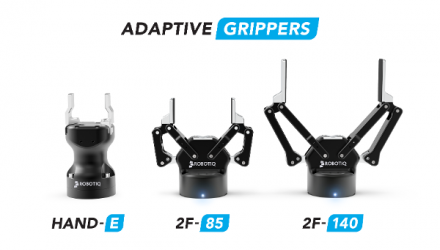By Alex Owen-Hill
What does it mean when a robot is described as “dexterous.” And what does it mean for robot users? Here’s what to look for when you’re selecting a robot based on its dexterity.
The word “dexterity” is thrown around a lot in the robotics world. It’s used by robot manufacturers who describe their robots as dexterous. It’s used by robotics researchers who describe the dexterity of their developments. It’s used by gripper manufacturers who describe their grippers as dexterous.
You might ask: How much dexterity does my robot need to have?
The answer: It’s impossible to say. Nobody can seem to decide what makes a robot dexterous.
Robotic dexterity is a complex topic. It’s hard to tell how much dexterity you’ll need for a particular robotic application — or even if “how much” is the right question to be asking.
Robotic dexterity = a moving goalpost
To understand why this is a tricky topic, it’s useful to look at an example.
Last year, a research team from UC Berkeley claimed that they had created the “most dexterous robot ever created”.
When I heard the news, I was skeptical. Not because I doubted that they had made a technological breakthrough. I was skeptical of the word “dexterous”. I knew from experience that this word is a moving goalpost in the world of robotics.
You see, I investigated robot dexterity as part of my PhD, which I completed back in 2014. During my research, I discovered that there is no standard definition for “dexterity” in the robotics community. As a result, researchers often claim that their robot is “dexterous” without defining what this means.
This makes it very difficult for robot users.

